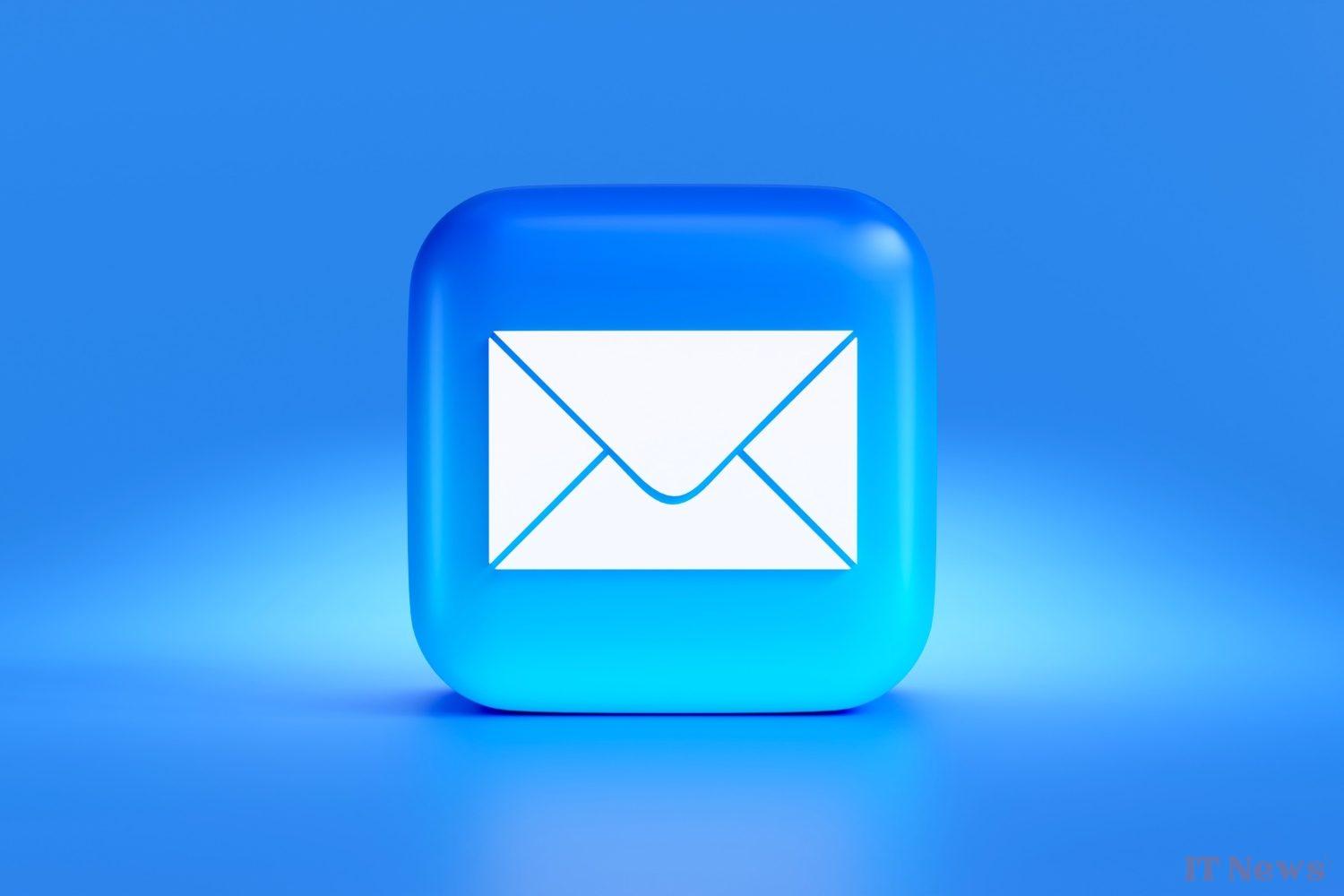Good old email has certainly lost a lot of its luster since the advent of instant messaging and Zoom meetings. However, it remains a preferred means of communication today, and also a very strong vector for scams. The annual report by VIPRE, a company specializing in IT security and email protection, analyzed 7.2 billion emails exchanged in 2024. 858 million of them were spam, or just under 12% of emails.
QR code increasingly used in malspam
These spam messages were blocked because of their content (437 million) or the presence of malicious links (411 million). More than 9 out of 10 spam messages detected contained unsolicited commercial messages or phishing attempts aimed at bypassing the filters of secure email services. These malicious spams (“malspam”) are a major threat that cybercriminals know how to adapt to “mix things up” — and increase the effectiveness of their campaigns.
In the first quarter of 2024, 78% of malspams contained attachments, while in the second quarter, 86% of them used malicious links. Infected attachments made a comeback in the fourth quarter, including PDF, DOCX (Word) and XLSX (Excel) files. A little originality: phishing attempts using QR codes increased from 1% of spam at the beginning of the year to 12% at the end of 2024!
Another interesting aspect of malspams: 70% of them are signed (falsely) by CEOs or senior executives! These emails target the manufacturing sector (32%), energy (9%) and retail (8%). Microsoft is the most imitated brand, followed by DocuSign, Apple and Google.
Finally, the US is the biggest source of harmful spam, followed by the UK. Switzerland and Sweden are also among the most affected countries.
Source: TechRadar



0 Comments